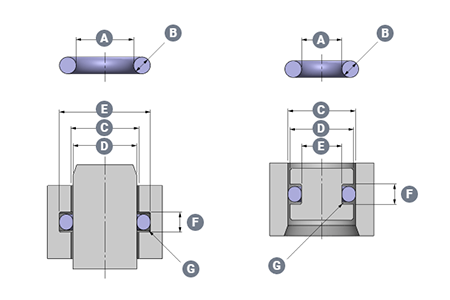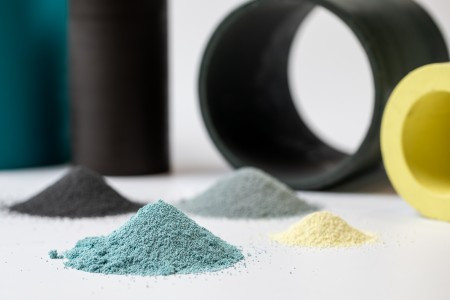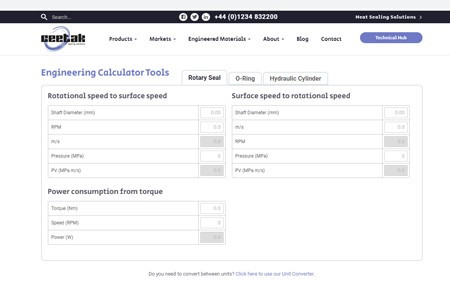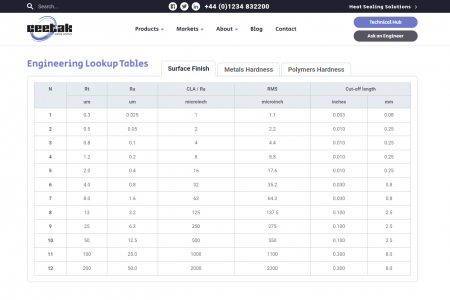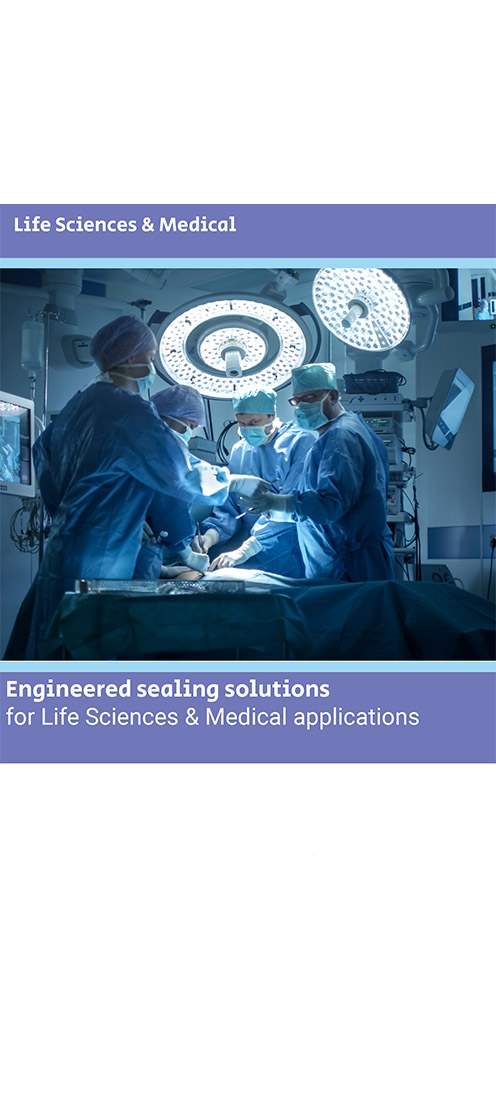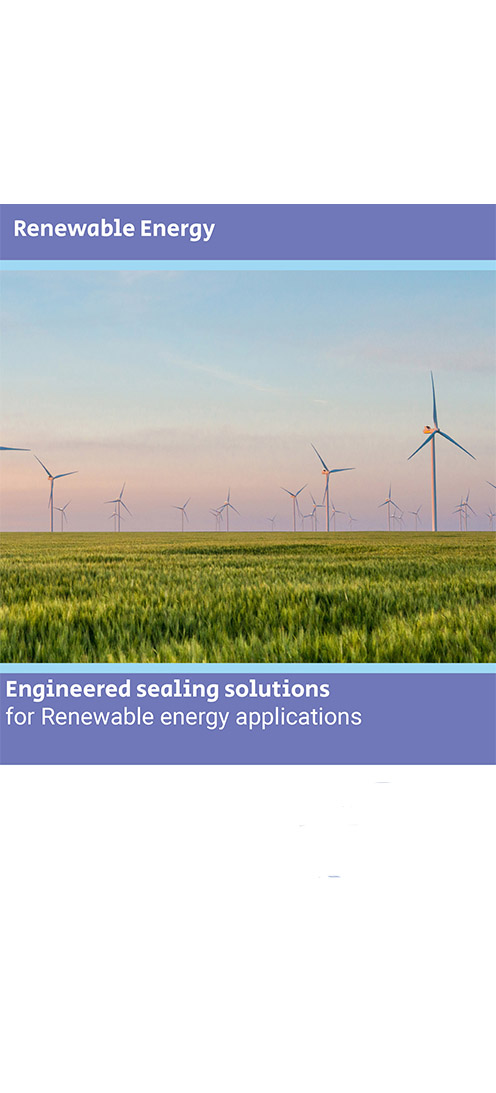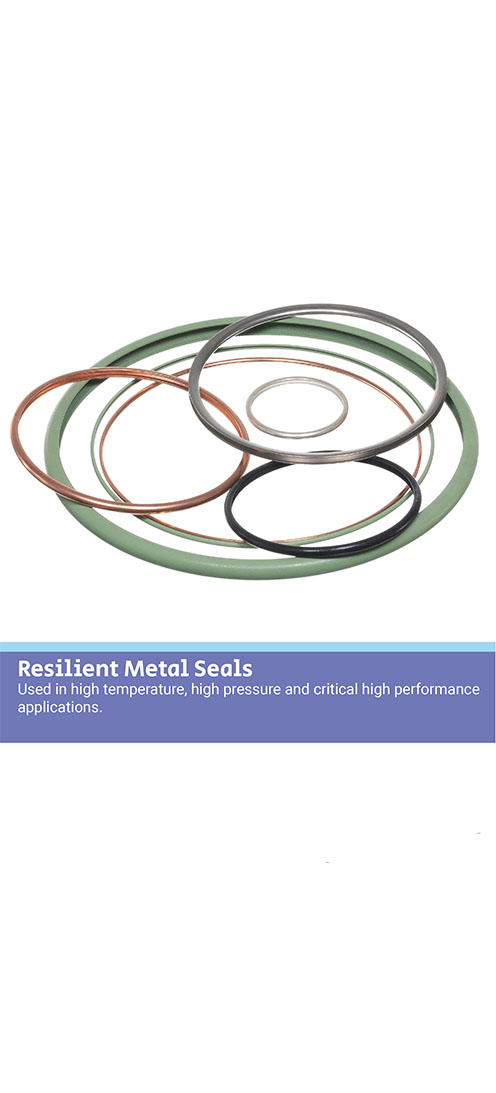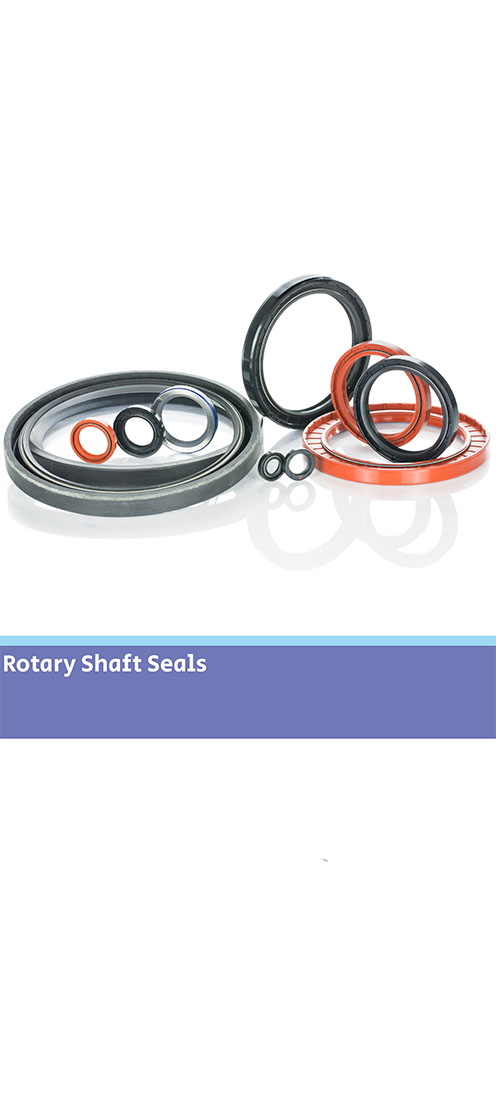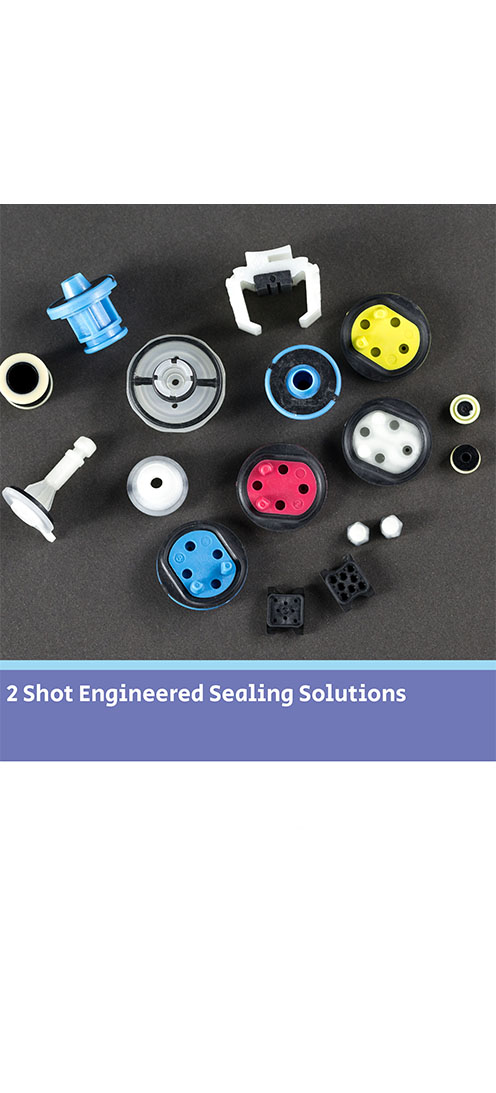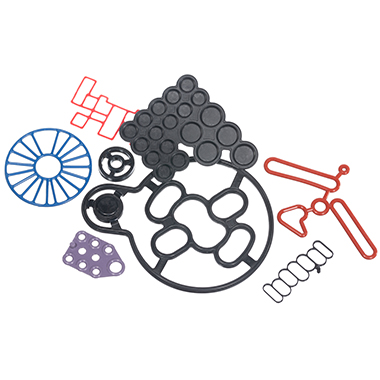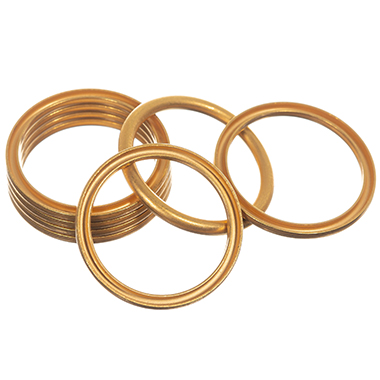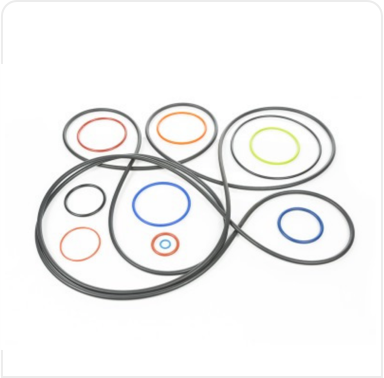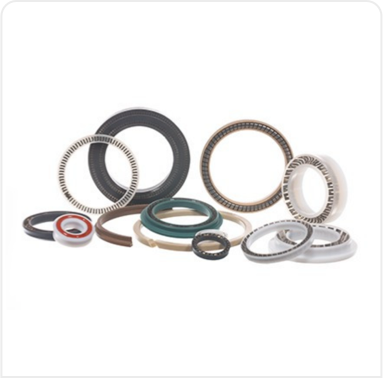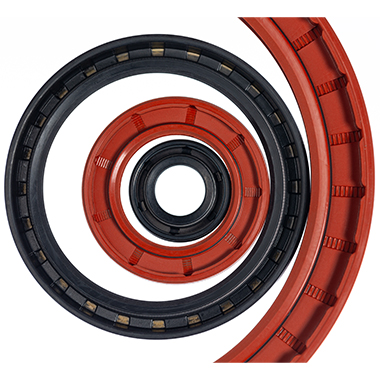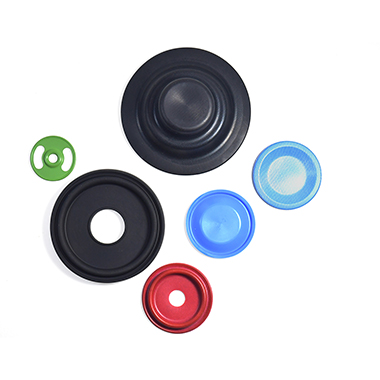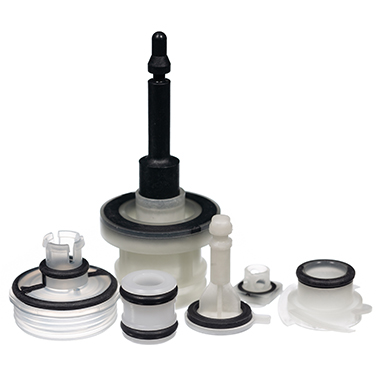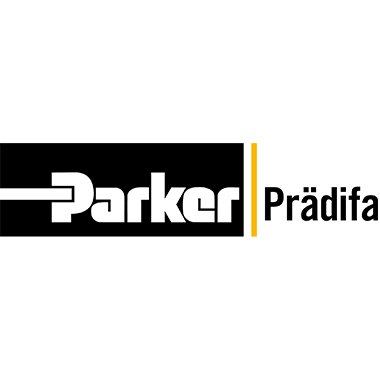Special coated O-rings for renewable energy applicationSpecial coated O-rings for renewable energy application Our renewable energy customer manufactures wind sensors for a variety of applications in different environments. This seal application, within ultrasonic wind sensors, is designed for wind turbine control. We explore here why special coated o-rings are needed for this application, regularly exposed to harsh conditions. The application For optimal performance, wind turbines need critical, consistent and reliable data on wind speed and wind direction measurements. Therefore, we recommended special coated o-rings for this renewable energy application.The sensors that provide this must be able to operate continuously for many years, sometimes in the harshest of weather.Operating conditions are extremely challenging because fluctuating, extreme environmental changes constantly batter the wind turbine sensors (and accompanying electronics).Depending on the location of the turbines, temperatures can range from -40°C to +90° C. Additionally, humidity changes from 0-100%, and turbines are subject to rain, hail, snow, ice, lightning, vibration, sand, corrosion and altitude. Our sealing solution For this application, the required life cycle of the sensors is10+ years. To achieve this, the electronics and sensors need a robust protective housing. This design requires a series of reliable, consistent, high-quality seals to house the electronics and sensors. These will perform without compromise in challenging conditions. Our engineers subjected the sensors to rigorous testing to confirm life cycle performance, ultimately awarding them an IPX6K rating.Each sensor size uses a set of environmental seals in the separated top and bottom sections. Together with our customer’s intensive testing program, we specified EPDM o-rings (which offer exceptional ozone resistance) with a special coating.The coatings are colour coded for identification purposes according to the size of sensor. Therefore, this creates a fool-proof assembly process with no risk of error by operators. Successfully built into nearly half of wind turbines globally, our range of seals have been cycle tested and approved by our customer.For more about our full range of o-rings, see our product page HERE

Special coated O-rings for renewable energy application 
Special O-rings for an automotive applicationSpecial O-rings for an automotive application Our customer manufactures high performance oil and vacuum pump solutions, and approached our engineers with a new O-ring for their automotive application. The application Our customer required an FKM (Viton™) 60 shore O-ring to meet Porsche material specification PN707 Class 2 (Oil), Class 5 (Fuel/FAME mix) and Class 12 (Blowby gas).This was a very cost sensitive project and the lead time required was very tight; especially as we did not have an existing grade in our materials portfolio to meet this specification. The challenges Our engineers reviewed the application, and we provided two material options. The first was a lower cost grade of FKM (Viton™) A grade. This possibly meets the Porsche specification required. The second material to be offered was a medium to higher cost FKM (Viton™) B grade. This solution determined the best fit for the specification.We supplied a quotation for both material options. These included production tooling, PPAP Level 3 submission (with samples), testing programme for both material variants and a pre-production batch of O-rings. This was an urgent project. Consequently, we could accommodate PPAP Level 3 grade O-rings for both materials to be manufactured from the same tool. Additionally, to save time we would conduct material testing in tandem with the manufacture and preparation of the production tool. The choice of compound used in the tool would be made on review of the results of material testing.On completion of the material testing, the customer reviewed the results with Porsche. As a result, the decision to produce O-rings from the FKM B grade was made. Customer satisfaction By this stage of testing, production tooling was complete, allowing manufacture of PPAP 3 samples and the pre-production batch to commence. Pre-production O-rings were supplied to the customer in the promised 12-week lead time together with PPAP Level 3 and PPAP 3 samples.See this link for more on our O-ring range and expertise: HERE

Special O-rings for an automotive application 
Silicone O-rings for De Soutter EcoPulse™ lavage systemSilicone O-rings for De Soutter EcoPulse™ lavage system De Soutter Medical Ltd specialises in the development, production and worldwide distribution of high performance orthopaedic tools for surgical procedures, offering their customers a comprehensive range of technically innovative and high quality products. The company approached us to manufacture two different sized Silicone O-rings for the ECO Pulse upgraded design. The application De Soutter Medical tasked us to support them with the pioneering new EcoPulse™ lavage system for use in orthopaedic surgery. With the brief of needing two different sized O-rings for a clinical application, our material expertise was needed. The EcoPulse™ connects onto the front of a reusable De Soutter handpiece. This allows surgeons to lavage the surgical site using saline water. It is then simultaneously connected to a suction device to remove waste from the surgical site. The EcoPulse™ is supplied as a single use sterile packed product. There are a range of nozzles available for specific surgical procedures.The new EcoPulse™ has a pared back functional design to eliminate superfluous plastic. Therefore, instead of using disposable batteries (and associated single use wiring and motors) it connects onto a reusable power tool. This tool is already being used to perform the surgical procedure.This eliminates a large amount of clinical and WEEE waste. Additionally, compared to other products in the market, reduces clinical waste by up to 60%. Our sealing solution To ensure no saline leaks, the seal application is located within the disposable pump/irrigation attachments. Additionally, it is important there is no loss of suction during use.The application was relatively straightforward in terms of mechanical sealing. However, due to the nature of the product there were critical demands on the material and during the manufacturing process.For material selection our engineers specified a USP Class VI translucent silicone. This is suitable for medical devices due to its biocompatibility features and resistance to bacterial growth.The use of release agents during the manufacture process of the O-rings is not necessary. This is due to the (bespoke and dedicated) moulding tool being coated in titanium nitride. Additionally, this is to mitigate the risk of any cross contamination with the O-rings. Eliminating risk is especially important when producing seals used within devices where there is any risk of patient fluids crossover.Cleanroom manufacturing and the O-rings are double bagged in packaging to avoid any cross contamination. These parts are manufactured and packaged at our ISO13485 approved manufacturing site to achieve these requirements. Customer satisfaction Working in conjunction with our valued customer De Soutter Medical, we assist with design support and technical recommendations on the development and manufacture of sealing products for use within their medical devices.For more on our full range of O-rings see this page: HERERead more about our Life Sciences & Medical expertise: HERE
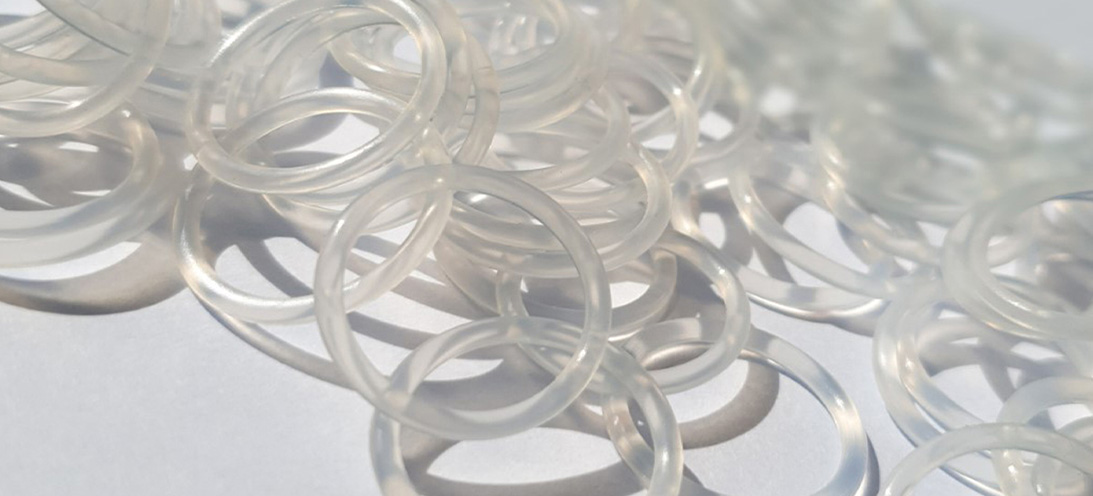
Silicone O-rings for De Soutter EcoPulse™ lavage system 
O-rings with special coatingsAll seals require some form of installation into application hardware and often this may seem to be a simple push in place function. However, without consideration of certain conditions this can potentially create sealing problems further into the life cycle of the seal. Once installation is achieved a seal can often sit in the housing hardware for many months - which potentially allows it to stick to the housing material and cause further issues. This is where O-rings with special coatings can make a difference.
Why use special coatings for seals?
The main function of coatings is to improve installation into the hardware and to lower friction within an application; but there are many other benefits too. They often mean that lower assembly forces are required and by not using grease lubricants seal parts don’t stick together in packaging for transit. Special coatings for O-rings can be manufactured in different colours. This is so seals and O-rings for specific applications can be easily identified. This is without the need to reformulate the elastomer compound with colour additives. All of these reasons make them easier to handle for users during installation.
What types of coatings are there?
There are a variety of coatings and lubricants available for the surface area of seals. They’re mainly divided into two common categories; wet coating/lubrication or dry micro film coating. Historically, coating technology was limited to just using wet type coatings. For example these may include silicone oils and greases and mineral oil based greases. The coating process would involve simply dipping the seals in the oil or grease during manufacture, or during installation on site. This is often a messy process, and although a relatively low-cost method, wet coating is less common. This is because more applications demand higher levels of cleanliness and control of products. Low contamination has become a key factor. Alongside the typical wet coatings traditionally used, there is an extensive range of what is often referred to as dry coatings. Common offerings are silicone dry coating, PTFE coating, PFPE coating, special polymer coating and MoS2 dry powder coating. These are applied during the manufacturing process and bagged in a clean and efficient process, delivered and ready to be installed into application straight from the bag.
Focus on dry coatings
Dry coatings are fast becoming the coating of choice for many customers, with PTFE dry coating being one of the most popular. Commonly applied to O-rings, the process involves the PTFE polymer being spray applied to the O-ring elastomer surface area. Therefore creating a microscopic thin film layer. At molecular level the PTFE then creates a covalent like bond to the surface ensure a high quality finish. The low friction properties of PTFE gives the advantage of low assembly forces. For example an O-ring assembled to a piston can be installed easier into the bore hardware housing mating part. Consequently, this significantly reduces the chance of installation damage (like pinching of the O-ring elastomer material). PTFE coatings can also be used as a short term dynamic improvement to a sealing solution, as many seals suffer from the phenomenon called stick slip. This can occur where a seal has remained in the application hardware bore for a medium to long period of time. It then starts to adhere between the surface of the elastomer and the mating metal material, causing sticking. When a PTFE coating is applied between the elastomer and the metal hardware it creates a low friction barrier. This provides a significant advantage over uncoated parts. This is because the PTFE coating generates a low friction layer. This greatly reduces breakout friction and resolves the stick slip issue therefore greatly improving the performance of the application.
Coating colours
Because the PTFE is a thin polymer layer, coatings can be manufactured in a range of colours by adding pigment to the recipe. Typical colours include, green, blue, red, yellow and orange. By adding these colours the customer benefits from easy identification and production line inspection. Furthermore allowing seals to be easily identified even once installed. Find out more about our range of O-rings with special coatings and the different materials O-rings are available in HERE
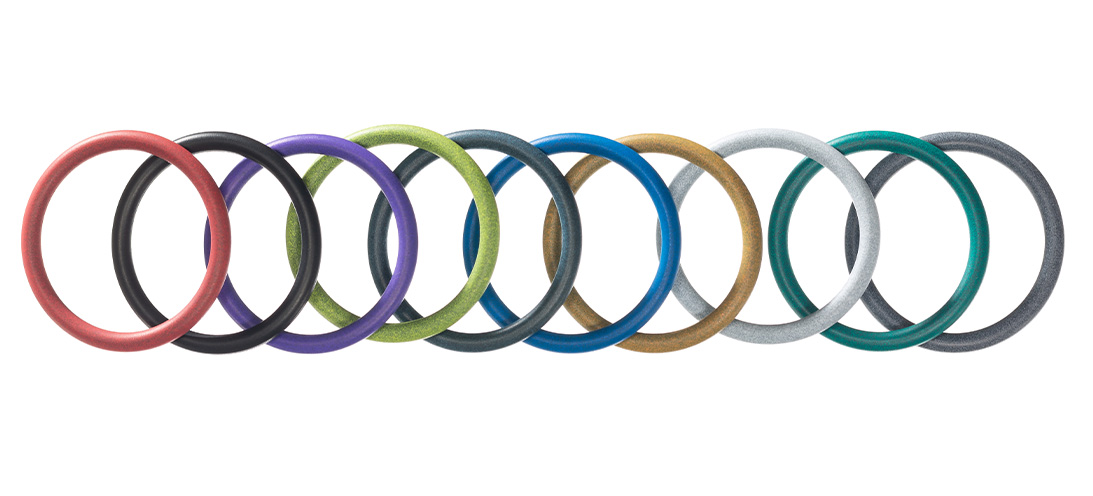
O-rings with special coatings 
E1244-70 seals in Life Sciences & Medical applicationsPacked with multiple benefits, and recommended for pharmaceutical manufacturing, biopharmaceutical processing and disposable medical devices, E1244-70 is an internally lubricated compound, eliminating the need for an external lubricant.
What is E1244-70?
E1244-70 is a 70 durometer internally lubricated, black EPDM (Ethylene Propylene Diene Monomer Rubber) material. E1244-70 possesses an internal lubricant, which reduces installation force and dynamic friction. Additionally, E1244-70 is compatible with all water-soluble chemistries and has excellent resistance to repeated conditions. For example steam, gamma, ozone and ethylene oxide sterilization. Here we take a closer look at the use of E1244-70 seals in Life Sciences & Medical applications. Adding external lubricants can be problematic; the risk of leaking into flow paths and migrating into areas where they are not needed. Additionally, even ‘clean’ lubricants like USP silicone, which can trap dirt and dust, can compromise patient health. Removing the need for an external lubricant by using E1244-70 is clean and safe with no risk of leakage.
Benefits, application and use
E1244-70 has a temperature range of -54°C to 121°C (-65 to 250°F). Consequently, E1244-70 has a low compression set, and is suitable for both dynamic and static seal applications. Because this material does not need an additional lubricant, it prevents issues associated with non-lubricated seals. For example, mismanagement by not using a lubricant when needed, can lead to friction and heat build-up, resulting in erosion and potential leakage and failure of the application. Fully compliant with USP Class VI biocompatibility and USP cytotoxicity standards for life sciences applications. The internal lubricant derives from the fatty acid family, significantly reducing patient reactions. This means it is safe for medical devices and pharmaceutical applications. In summary, it is suitable for: Dynamic applications & difficult installations
• Surgical instruments
• Pharmaceutical manufacturing
• Biopharmaceutical processing
• Disposable medical devices
• Repeated device sterilization Our Life Sciences & Medical expertise
We have clean room manufacturing facilities which are Class 7 (10,000) manufacturing and Class 5 (100) inspection, cleaning, and packaging. Our application engineers utilise the latest in 2D/3D CAD and FEA simulation software to design and replicate seal performance before finalising each individual seal design, incorporating significant feature and critical function elements for integration with customer mating parts. We offer material development and testing, and a component endurance testing service. Learn more about how we support our customers in the Life Science and Medical Industries HERE

E1244-70 seals in Life Sciences & Medical applications 
